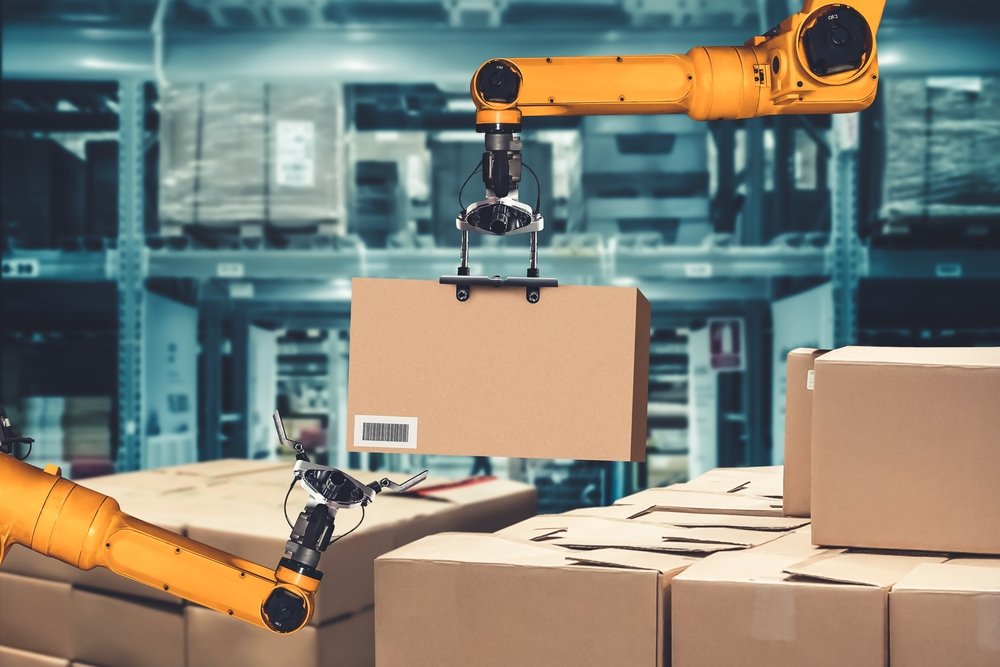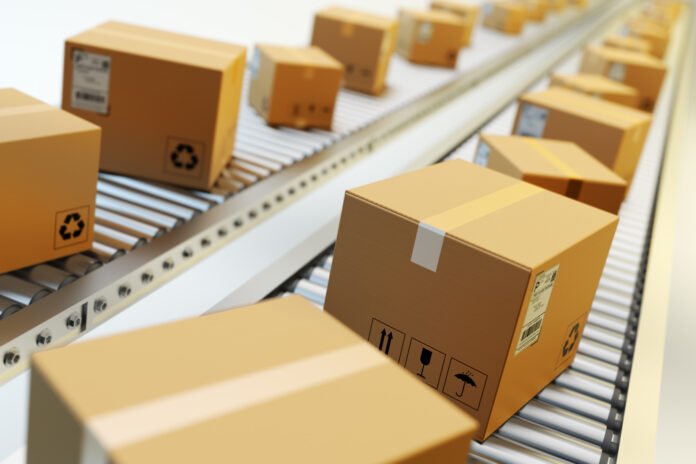Making the switch to utterly automated packaging equipment for your seamless end-of-line packaging system can be lengthy. Compared to traditional manual techniques, automated packing solutions might be costly. However, when you include the hidden costs of manual packing, automated packaging technology may pay for the cost and labour savings. Automated packaging systems can be semi-automatic and fully automatic.
Benefits of the automated packaging
By removing the need for human labour in repetitive operations and easing workflow to maximise production, automated packaging systems may make workplaces safer, improve quality, and raise overall productivity. The following are three clear advantages of automated packaging systems:
- Repetitive strain injuries are becoming less common as machines take over the duties that cause them.
- Optimizing manufacturing costs by accelerating packing activities, enabling production equipment to operate at maximum capacity.
- By reducing the possibility of human mistakes in the packing process, possible bottlenecks are removed, resulting in reduced downtime.
- Improved production speeds can be achieved by automating your packing process. By automating the packing of the items, you may eliminate this bottleneck and increase production speed.
- Staff are allowed to break in any procedure involving manual labour. These breakdowns are no longer possible with an automated packaging system, and the machines may be run 24 hours a day, seven days a week if necessary.
Parts of Automated Packaging System
The best thing about automated systems is that you can easily leave the work to be done with precision. There is very less scope of error, and the results are amazing. The system of automated packaging includes:

1) Conveyors
Conveyor belts are constructed up of loops formed of a flexible material connected by a machine to two or more rotating shafts, usually in parallel. At least two pulleys – also known as drums – that create an unending loop to convey items. These conveyors are designed for reversal operations and heavy-duty applications. They use a bar to keep the chains engaged.
2) Automated Sensors
These intelligent sensors can detect changes in the packaging process. Throughout the packing process, sensors monitor certain features of goods or systems. Most computerised and automatic sensors currently use electrical signals to deliver data to improve quality, safety, and productivity. Internet operates these current sensors, allowing automated packaging systems to use IoT technology to assist activities. These are no game but in reality a big help to production industry for helping ease the packaging process.
3) Switches
These regulate energy flow via automated packaging systems, letting machines turn on and off as needed. These can be controlled manually or automatically. Devices that compel switches to modify their state to permit or prevent the passage of electricity, which subsequently triggers actions, are required for those to work automatically.
4) Actuators and Motors
Actuators and motors are used in automated packing systems to transfer energy into action. Motors turn electricity into automatic power in a rotating motion, whereas actuators employ hydraulic, pneumatic, electrical, or mechanical force to drive automatic packaging machines linearly,
5) Relays and Indicators
Simple switches called relays to consist of electromagnets and a collection of contacts that function both electrically and mechanically. All this is to convey signals from switches to motors or actuators. Indicators assist human operators in monitoring different elements of an automated system by giving a handy means to watch output from a convenient or safe location. They frequently provide readouts to indicate whether an accident, defect or other signal has happened.
Packing technology is the primary step in a coordinated logistics system that prepares commodities for storage, transportation, sale, and final use. Knowing how packaging is the focus of retailers, consumers, manufacturers, and distributors will aid in determining which portions of the packaging system can be automated most efficiently.








